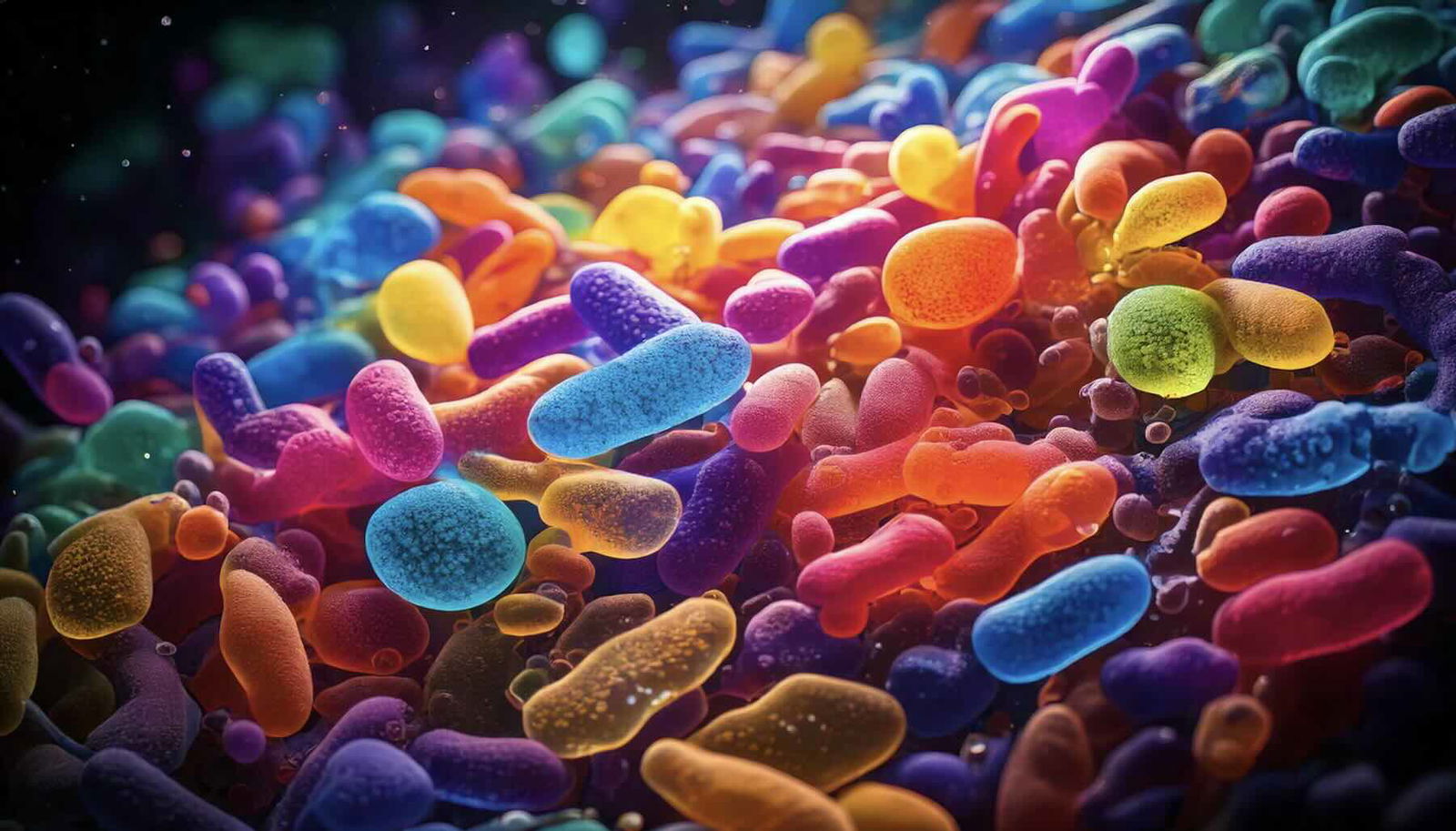The human body is home to countless microbial communities, and the vagina is no exception. This delicate ecosystem of bacteria and yeasts plays a critical role in health, but much about it remains a mystery. Adding to the challenge, most studies focus on participants from a single continent, leaving large gaps in our understanding of how vaginal microbiomes differ around the world.
Now, a global initiative is changing that. In a paper published in Trends in Microbiology, an international team of scientists led by Dr. Sarah Lebeer from the University of Antwerp shares insights from thousands of citizen scientists participating in a global “sisterhood” project.
Their work highlights how international collaboration can fill these knowledge gaps, helping to identify which microbes are beneficial or harmful and how vaginal microbiomes vary across cultures and continents.
Closing the Data Gap
“Women’s health is essential to global societal and economic wellbeing, yet health disparities remain prevalent,” the research team—a diverse team from nine countries across four continents—wrote in their paper. They point out that for centuries, women’s bodies and health have been overlooked or misunderstood, contributing to a persistent gap in medical research.
To bridge that divide, the team launched the Isala Sisterhood, a citizen science initiative that began in Belgium as the Isala Project. With over 6,000 participants, the project quickly expanded, creating a network of microbiologists, healthcare professionals, government organizations, and everyday people from North America, South America, Asia, Africa, and Europe. Together, they aimed to map the vaginal microbiota across the globe, uncovering variations that could hold the key to better health outcomes.
Cataloging Bacteria
Drawing from nearly a century of research and fresh data from the Isala Sisterhood, the team identified five categories of “healthy” vaginal microbiomes, each defined by the dominant bacterial species: Lactobacillus crispatus, Lactobacillus gasseri, Lactobacillus iners, Lactobacillus jensenii, and a fifth mixed-category. However, the Isala Project found that more than 10% of Belgian participants didn’t fit neatly into any of these groups.
This discovery challenges the one-size-fits-all approach to categorizing vaginal health. The researchers recommend a broader perspective: “considering the whole complexity and continuity of the vaginal microbiota composition and functionality,” rather than relying solely on predefined categories.
The makeup of the vaginal microbiome is closely linked to various health conditions. A reduction in Lactobacillus bacteria, for example, often leads to an overgrowth of anaerobic bacteria, which can cause issues like preterm birth, urinary tract infections, endometritis, and sexually transmitted infections. One common condition, bacterial vaginosis, is typically treated with antibiotics, but symptoms often return in up to 60% of cases. The researchers suggest that vaginal live biotherapeutic products—FDA-approved treatments using live microorganisms—might offer more effective alternatives.
The Role of Culture and Geography
Interestingly, it’s not just biology that shapes the vaginal microbiome—social and cultural factors play a role too. Practices like vaginal douching, common in certain cultures, have been linked to a higher risk of microbial imbalances, known as vaginal dysbiosis. This highlights the need to consider both lifestyle and cultural habits when studying and treating vaginal health conditions.
Despite these insights, many parts of the vaginal microbiome remain uncharted territory. While scientists have studied bacteria extensively, the roles of yeasts, viruses, and other microbes are still largely unknown.
Moreover, research has disproportionately focused on populations from wealthier countries.
“In general, lower- and middle-income countries are underrepresented in microbiome research,” the authors note, citing factors like limited infrastructure, technology, and funding.
They advocate for more international collaborations to share resources, knowledge, and technology, making microbiome research more inclusive and globally representative.
Building a Global Map
Initiatives like the Isala Sisterhood and the Vaginal Human Microbiome Project—which focuses on mapping the microbiomes of people from diverse ethnic backgrounds across the United States—are crucial steps toward closing the global data gap. By embracing diversity in their research, these projects aim to develop better diagnostic tools and treatments tailored to different populations.
“To promote better preventive, diagnostic, and therapeutic strategies for women affected by conditions associated with the vaginal microbiota, more research on the functions and diversity of the vaginal microbiota is urgently needed in different parts of the world,” the authors wrote in their paper. “This way, we can better understand what a healthy vaginal microbiome looks like in each geographical location.”
Kenna Hughes-Castleberry is the Science Communicator at JILA (a world-leading physics research institute) and a science writer at The Debrief. Follow and connect with her on BlueSky or contact her via email at kenna@thedebrief.org

